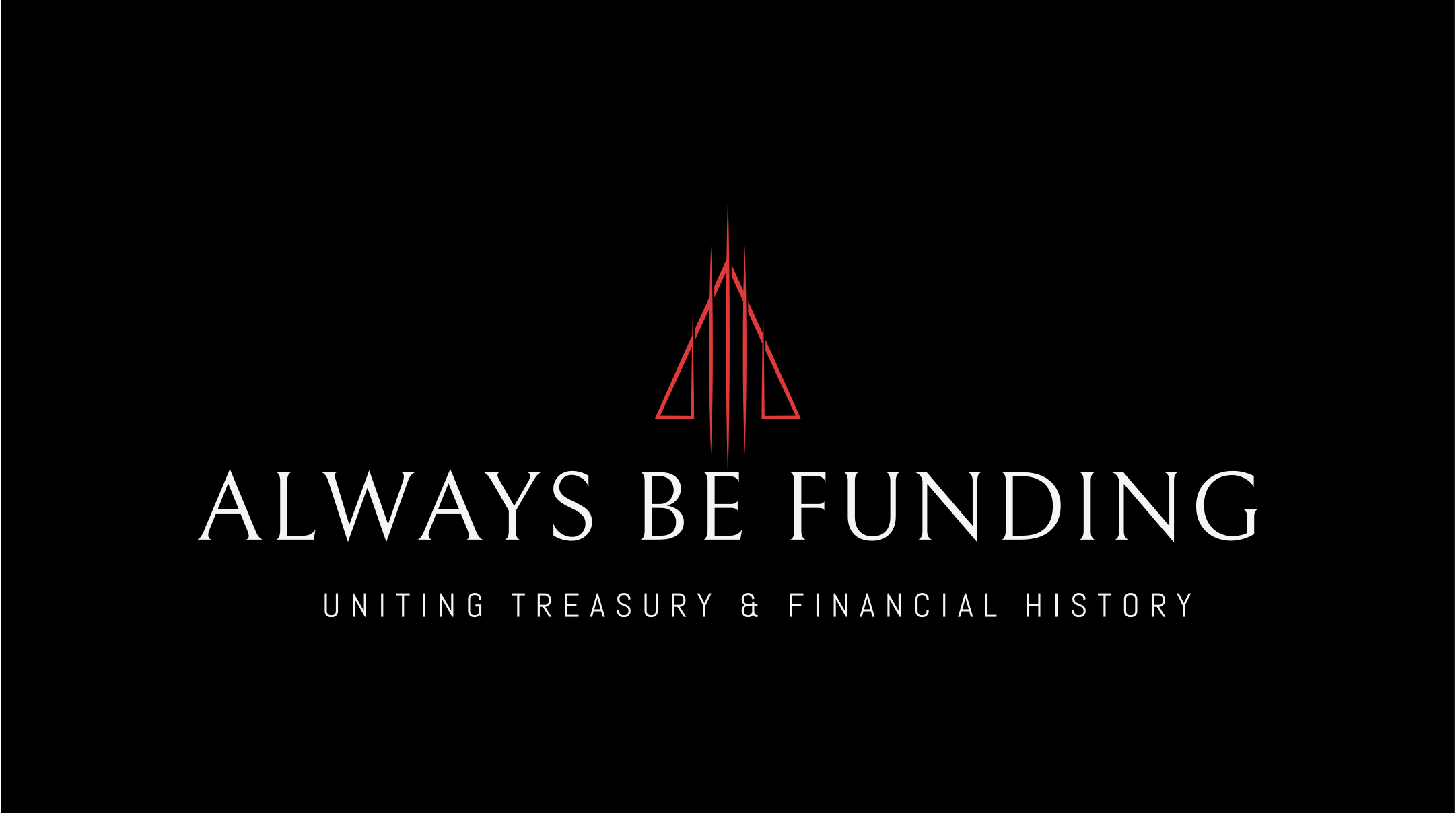Your cart is currently empty!
High-Yield Bonds, Index Bonds, and More: A CTP Guide
As an aspiring Certified Treasury Professional (CTP), mastering the complex world of finance is crucial. Among the many concepts you’ll encounter, understanding high-yield bonds, index bonds, floating rate debt, project financing, securitizations, and asset-backed securities is essential. These instruments and strategies play a significant role in corporate finance, risk management, and investment strategies. Let’s dive into each of these terms to build a solid foundation.

High-Yield Bonds
High-yield bonds, also known as junk bonds, are debt securities that offer higher interest rates due to their higher risk of default. Companies that issue these bonds typically have lower credit ratings, meaning there’s a greater chance they might fail to repay the bondholders. However, to attract investors, these bonds offer higher yields compared to investment-grade bonds.
For treasurers, understanding high-yield bonds is crucial, especially when assessing the risk-return profile of an investment portfolio. High-yield bonds can offer attractive returns, but they come with increased risk. It’s important to weigh the potential for higher income against the possibility of default.
Index Bonds
Index bonds, often referred to as inflation-linked bonds, are bonds whose principal and interest payments are adjusted according to a specific index, usually an inflation index like the Consumer Price Index (CPI). This adjustment helps protect investors from the erosion of purchasing power due to inflation.
For a treasury professional, index bonds are valuable tools for managing inflation risk within a portfolio. These bonds ensure that the real value of returns remains stable, making them an attractive option during periods of rising inflation.
Floating Rate Debt
Floating rate debt refers to debt instruments with variable interest rates that adjust periodically based on a benchmark rate, such as SOFR or the federal funds rate. Unlike fixed-rate bonds, the interest payments on floating rate debt fluctuate with changes in market interest rates.
Floating rate debt is beneficial for treasurers looking to manage interest rate risk. In a rising interest rate environment, floating rate debt can offer protection as the interest payments increase with the benchmark rate, helping to maintain the investment’s yield relative to market conditions.
Project Financing
Project financing is a method of funding where the lenders look primarily to the revenue generated by a specific project, such as an infrastructure project, for repayment. This type of financing is often non-recourse, meaning the project’s assets and revenue are the only collateral, and the sponsors’ balance sheet is not at risk.
Understanding project financing is key for treasury professionals involved in large-scale, capital-intensive projects. This approach allows companies to undertake major projects without burdening their balance sheets with additional debt, as the risk is tied directly to the project’s success.
Securitizations
Securitization is the process of pooling various types of debt—like mortgages, auto loans, or credit card debt—and selling them as bonds to investors. These bonds are backed by the cash flows from the underlying assets. Securitization helps issuers raise capital and transfer risk to investors.
For treasurers, securitization offers a way to access liquidity by converting illiquid assets into tradable securities. It’s a powerful tool for managing balance sheets and raising capital without issuing traditional debt.
Asset-Backed Securities (ABS)
Asset-backed securities (ABS) are a type of securitized product that is backed by a pool of assets, such as loans, leases, credit card debt, or receivables. Investors in ABS receive payments from the cash flows generated by the underlying assets.
ABS are essential in the toolbox of a treasury professional because they offer a way to diversify funding sources and potentially reduce financing costs. They also allow companies to monetize assets that might otherwise remain on the balance sheet.
In conclusion, understanding these financial instruments and strategies is crucial for any aspiring Certified Treasury Professional. High-yield bonds offer opportunities for higher returns at greater risk, while index bonds and floating rate debt help manage inflation and interest rate risks. Project financing enables large-scale developments with limited sponsor liability, and securitizations and asset-backed securities provide avenues for raising capital and managing liquidity.
As you prepare for your CTP certification, mastering these concepts will not only help you pass the exam but also equip you with the knowledge to make informed financial decisions in your future career.

